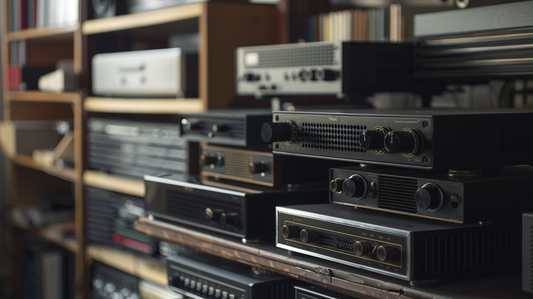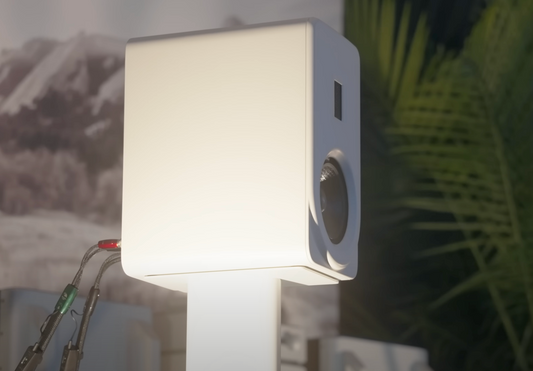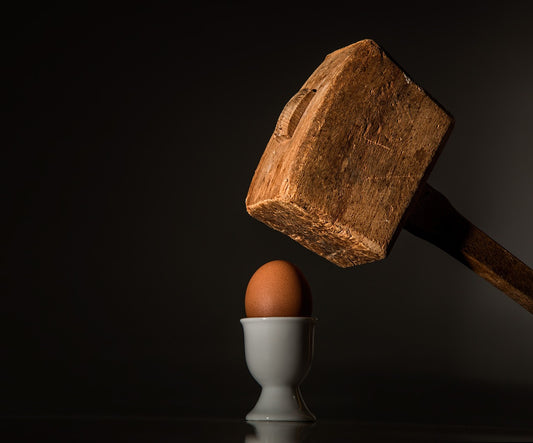We're on the trail to understand why our homes and our stereo systems get AC power at all - power we rarely ever use in its native form - instead having to convert that AC power into DC first. But why? Why not just send DC to our homes and convert that DC (that we need) to AC for the few appliances that need it?
As we discussed in yesterday's post this is exactly the course taken by American inventor Thomas Edison. He and a few wealthy investors set out to electrify New York City and change modern civilization from that of a gas and candle lit society to one of electric energy. Light from electric bulbs, rather than a flame, was a profound and brilliant (not to make a pun) game changer perhaps even bigger than the transition from horses to cars.
But Edison's approach was wrong and was doomed to failure for technical reasons. Edison used all he understood at the time - DC or Direct Current. This is the same energy form found in batteries and was the most common means of transferring energy known at the time. The problem was a basic one: as energy flows down a wire and is used to power things, its level diminishes. The longer the wire and the greater number of devices being powered on that same wire the greater the loss of energy. This meant that Edison power stations would have to be placed every few blocks within a city and even then, the tall buildings of New York would have 1/2 as much light at the top of the building than at the bottom. This simply would not work.
What Edison needed to do was figure out a way to send more energy than any individual device needed so when it traveled down the wire whatever losses occurred wouldn't affect performance of the others. Unfortunately there was nothing he knew that could do that. What was needed was a true stroke of genius that could fundamentally change the very nature of Edison's system.
Enter Nikola Tesla.
Tesla, a Serbian immigrant, landed in America and went straight to work for none other than Thomas Edison. Teslasuccessfullyredesigned Edison's DC power generators but wound up quitting over a dispute in pay. Tesla went on to work with a financier, George Westinghouse, who wanted to compete with Edison's investors and company for the growing field of electrifying cities. What Tesla had that Edison didn't was a real understanding of electrical energy and how to apply that in a way Edison never could - or would.
Tesla understood, as did Edison, that what was needed was a way to send very high voltage down the wires and then take only a small portion of that high voltage where and whenever you needed to power something. Edison had no clue how to do this, but Tesla knew exactly how - and that's where the story gets really interesting.
Tesla was a trained electrical engineer (unlike Edison) and understood all the principals of electrical energy known at the time. He knew that, in fact, there was a way to do exactly what they wanted - only it could never work with DC.
The secret was to be found in a concept discovered nearly 70 years earlier by Michael Faraday, improved a few years later by Nicolas Callan, and perfected by Otto Blathy in 1839. It was called the transformer.
Tomorrow, transformers.








